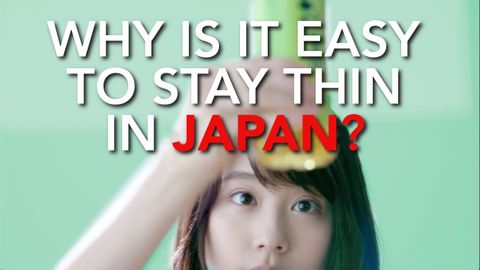為什麼在日本很少胖子? (Why is it so Easy to be Thin in Japan?)
Jerry 發佈於 2021 年 08 月 03 日  沒有此條件下的單字
沒有此條件下的單字US /ˈprɑsˌɛs, ˈproˌsɛs/
・
UK /prə'ses/
- v.t.用電腦處理(資料);(依照規定程序)處理;處理;流程;加工;理解
- n. (c./u.)(規定的)程序;過程;進程;方法;法律程序;進程
- n. (c./u.)通道;接近或使用的機會;訪問
- v.t.訪問
- v.t./i.存取(資料);訪問
US /ˌrɛkəˈmɛnd/
・
UK /ˌrekə'mend/
US /oˈbisɪti/
・
UK /əʊ'bi:sətɪ/
